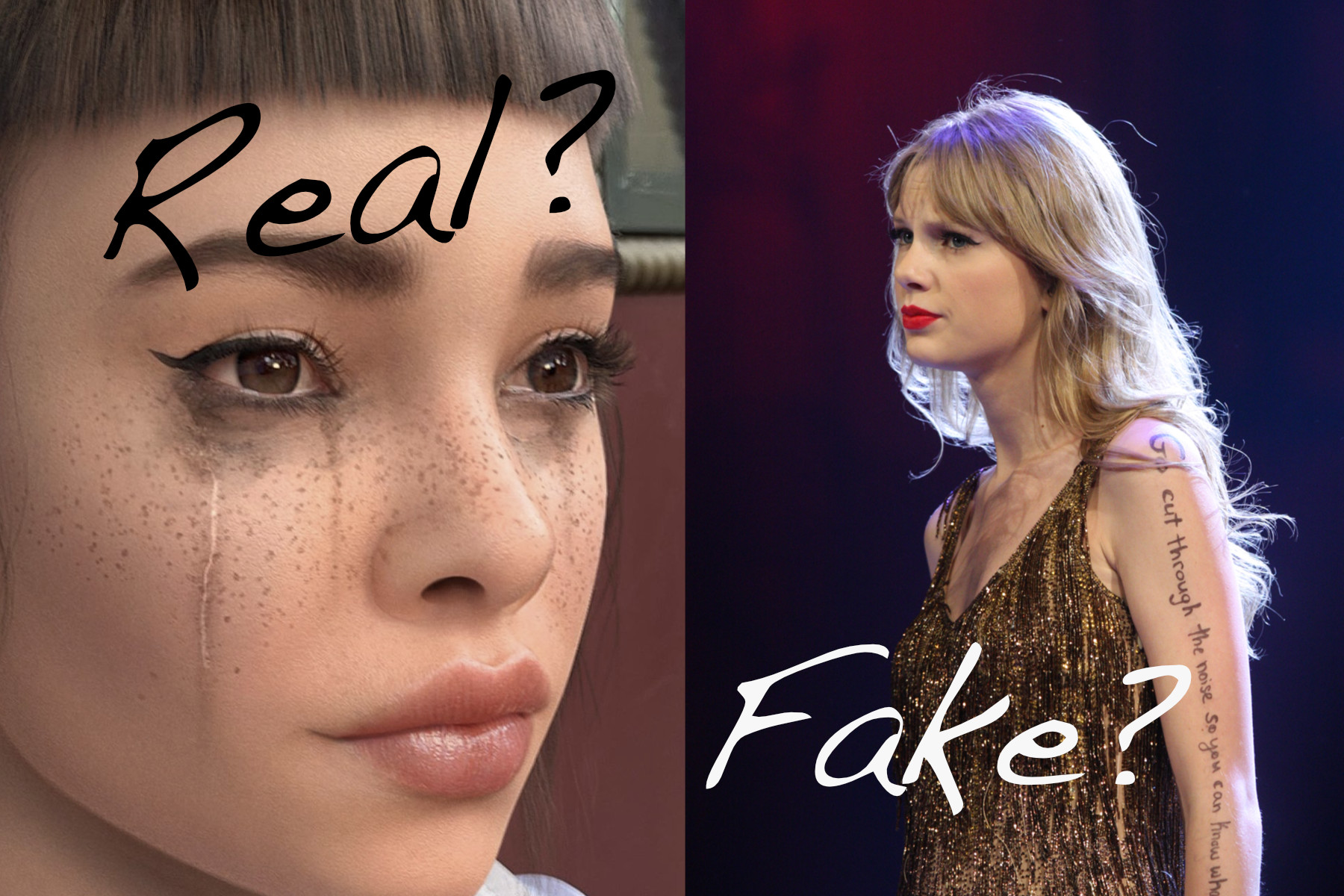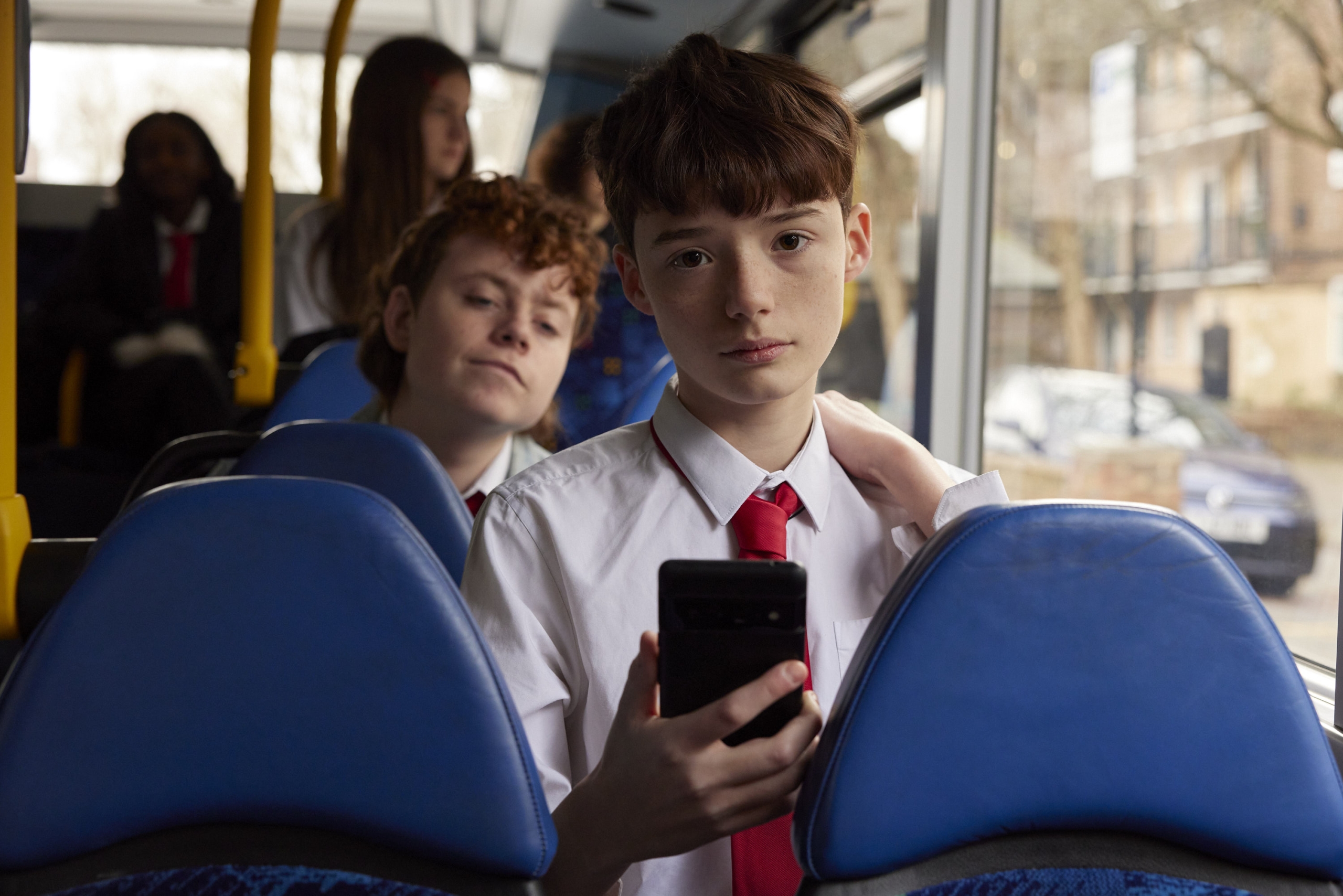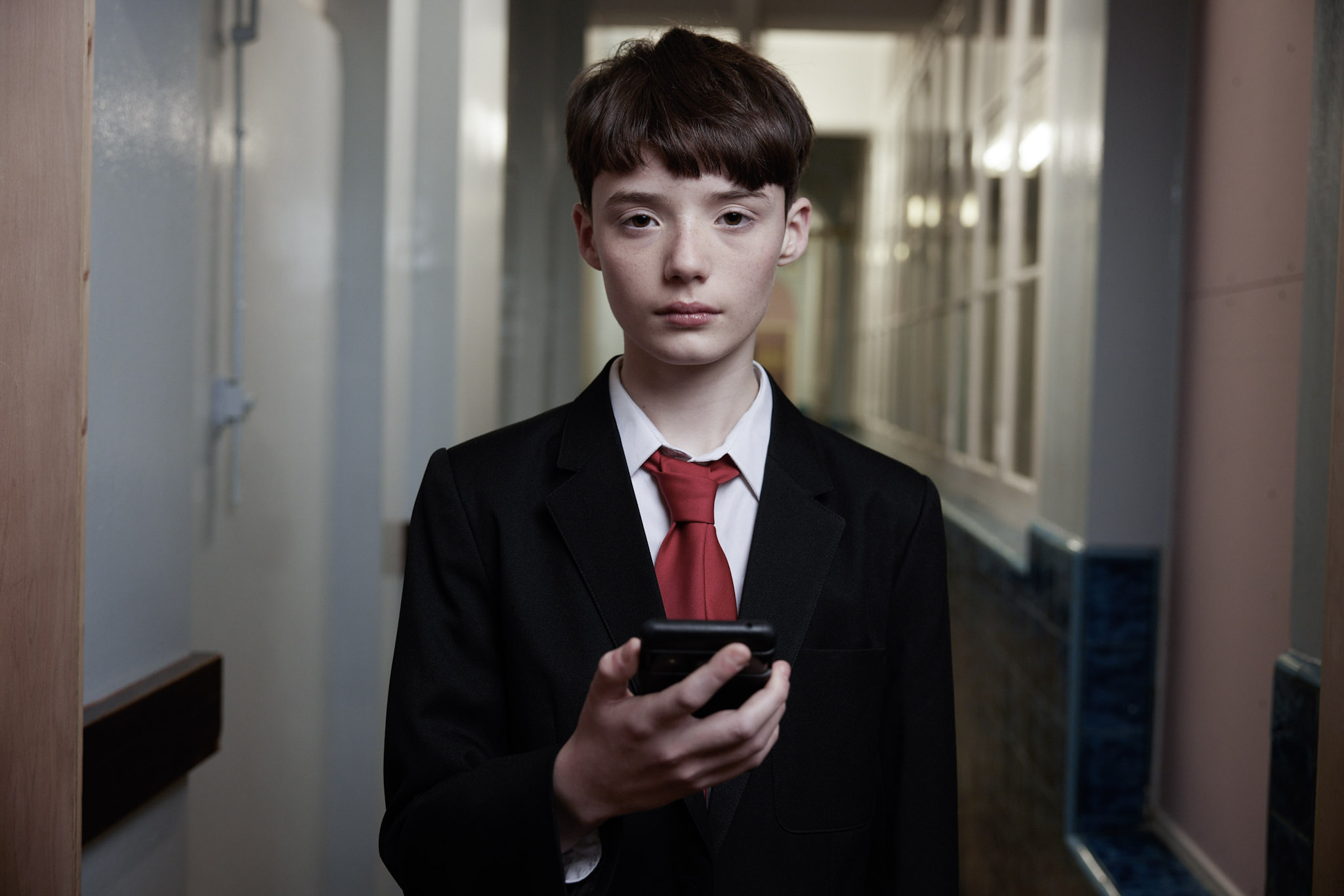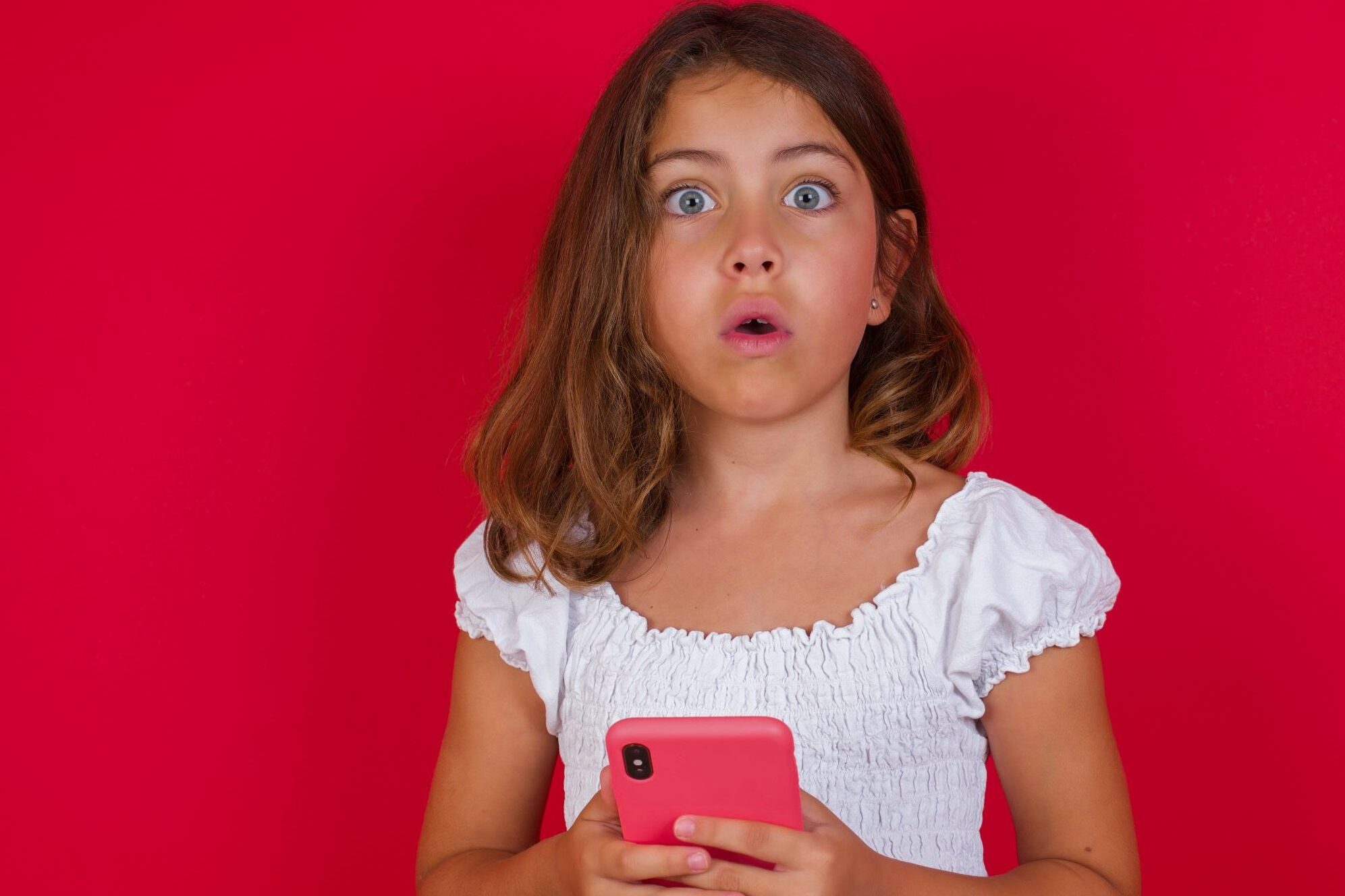Caught in an AI landslide, no escape from social feed reality? Open your eyes and talk to your kids about what they're seeing online, says Digital Awareness UK’s Emma Robertson.
While it’s important to acknowledge the positive impact influencers are having on young people, a chilling stat from Vodafone research highlights why it’s so important for parents to know who is influencing their children. Over half (52%) of boys aged 11-to-14 have engaged with content from influencers with ties to the manosphere.
This ties in with the theme of Safer Internet Day 2024: “The things that can influence and change the way young people think, feel and act online and offline”.
Many parents are probably already aware of the big role that influencers have in their children’s online lives. But they may be surprised to know that some influencers either aren’t real, or the content they feature isn’t real. Sounds confusing? Stay with us! In this article we’ll be exploring how AI-generated influencers and content are shaping how children think, feel and act. We’ll then finish off with some top tips to help you have the right conversations at home.
We’ve been working in the online safety space for over a decade now. While we’re beyond excited about the opportunities that AIs present for children, we believe that the most significant threat to young people online is the ease at which they can be exposed to and influenced by harmful AI-generated content.
The prevalence of AI-generated content (for example images or videos produced using artificial intelligence) is only set to increase, with European law enforcement group Europol recently estimating that 90% of online content could be synthetically generated by 2026.
AI ‘Aggro-rithms’: young boys are served harmful content within 60 seconds of being online
On Safer Internet Day 2024, Vodafone released a new film ‘The Rise of the Aggro-rithm’ to highlight the harmful AI algorithms targeting Britain’s teen and tween boys.
Deepfakes
We saw a dramatic example of this in early February 2024 when millions of social media users (many of whom were children) were exposed to sexually explicit deepfake images of Taylor Swift. These fake images were generated by artificial intelligence, with social media algorithms (the set of rules that decides what content appears on our news feeds) then pushing the images into children’s newsfeeds faster than it was possible to hit the ‘report’ button.
This incident highlighted the need for tighter regulation of social media platforms and content generated by AIs. The systems currently in place to moderate harmful content are far from effective. To put this into context, one deepfake of Taylor Swift that was shared by a user on X (previously known as Twitter) was reported to have been viewed 47 million times before the account was suspended.
Virtual influencers
Another trend that’s blowing up is the growth of virtual influencers and it’s definitely been noticed by the young people we have conversations with. Virtual influencers are lifelike but computer-generated personas like Miquela Sousa (@lilmiquela). Although they aren’t real people, they still are racking up millions of followers. Miquela Sousa has even secured brand partnerships with companies like Prada and Calvin Klein!
ChatGPT: AI is both smarter and dumber than you think it is
Artificial Intelligences are here! While they're not like the killer robots in sci-fi movies, they're already having a huge impact on our society.
But on the flip side, there are growing concerns in our industry about the potential that virtual influencers have to spread harmful content. Sadly, a number of young boys have reported to us that they have been exposed to misogynistic, violent or sexually explicit content featuring virtual influencers.
Impact of harmful content
Vodafone research discovered that 10% of boys encounter harmful content within just 60 seconds of being online. That is why they are supporting Global Action Plan in its petition for ‘safety by design’. This is when companies prioritise user safety in the design of their products and services.
We’ve observed, first-hand, young people becoming desensitised to extreme or harmful viewpoints after being exposed to harmful content. Not all young people are opposed to such content being shared. We recently conducted research which found that 42% of 13-to-17 year olds think social media influencers should share their views online, even if they could be harmful or encourage people to be hateful towards a person or group of people. The main reasons for this included freedom of speech.
How to talk to your teenage sons about online toxicity
If you’re a parent struggling to talk to your adolescent or preteen about the worrying internet content they’re consuming, these tips from a clinical psychologist could help.
This underscores the pressing need for implementing effective measures to shield children from exposure to harmful content, whether facilitated by AIs or real people. Even so, in the meantime, there is much parents can do to protect their children from these harms and help them enjoy the fantastic benefits that technology has to offer.
How parents can support their children
There are a number of things you can do if you are concerned that your child may come across harmful content from social media influencers. Here are our top tips:
- Speak to the algorithms
As highlighted earlier, you can’t wait for social media platforms to detect and delete harmful content automatically. But your children can instruct algorithms to minimise the nasty content that appears in their feed by:
- Telling the app that they don’t want to see specific posts in the future. For example, if a violent or sexist Suggested post appears in their Instagram feed, they can tap on the ‘three dots’ icon at the top right of the post and select ‘Not Interested’.
- Go through their ‘friends’ and ‘followers’ and unfollow accounts that share content they don’t want to see.
- Remind them not to engage with harmful content. The more we ‘like’, ‘share’ and ‘comment’, the more likely we are to be served similar content.
- Get your parental controls in check
Parents can activate parental controls across apps and sites such as TikTok to help filter out harmful content. Check out Digital Parenting Pro, an interactive parental controls and safety settings resource we created in partnership with Vodafone. It provides tips and advice on how to effectively activate parental controls.
- Talk regularly and lead by example
Of course, technology can only do so much when you’re trying to resolve personal and social issues. It’s super important to regularly give your children the opportunity to talk openly and honestly about the challenges they are coming across online so that you can provide the emotional support and education needed.
Remember that a child’s parents are their biggest influencers, so being an effective role model is key. Setting a positive example of how to treat others – whether it’s people from different genders, races, religions or abilities – with compassion and kindness is one of the most effective actions we can take.
We hope this article is helpful. Visit the Vodafone UK News Centre to learn more about how to keep your family safe online.
Stay up-to-date with the latest news from Vodafone by following us on Twitter and signing up for News Centre website notifications.
Taylor Swift image, cropped and overlaid with text, used under Creative Commons license.




